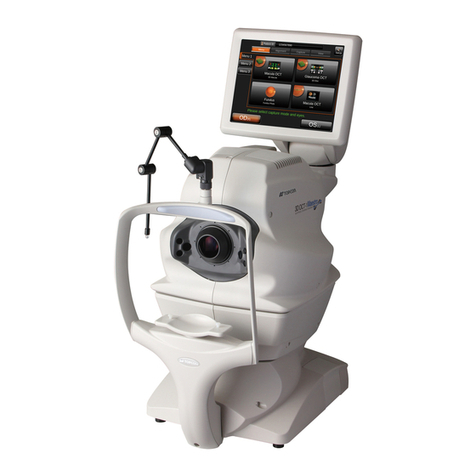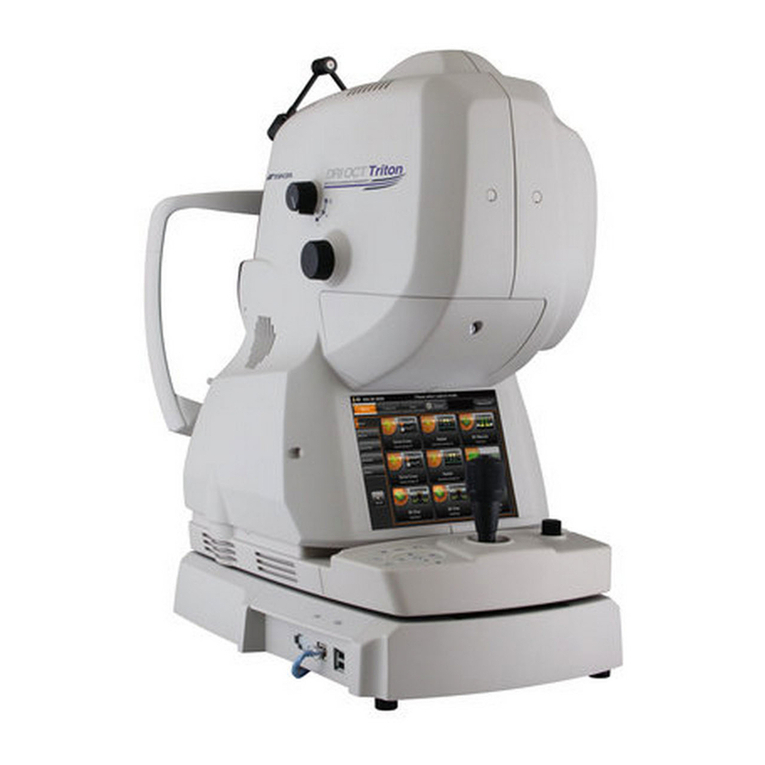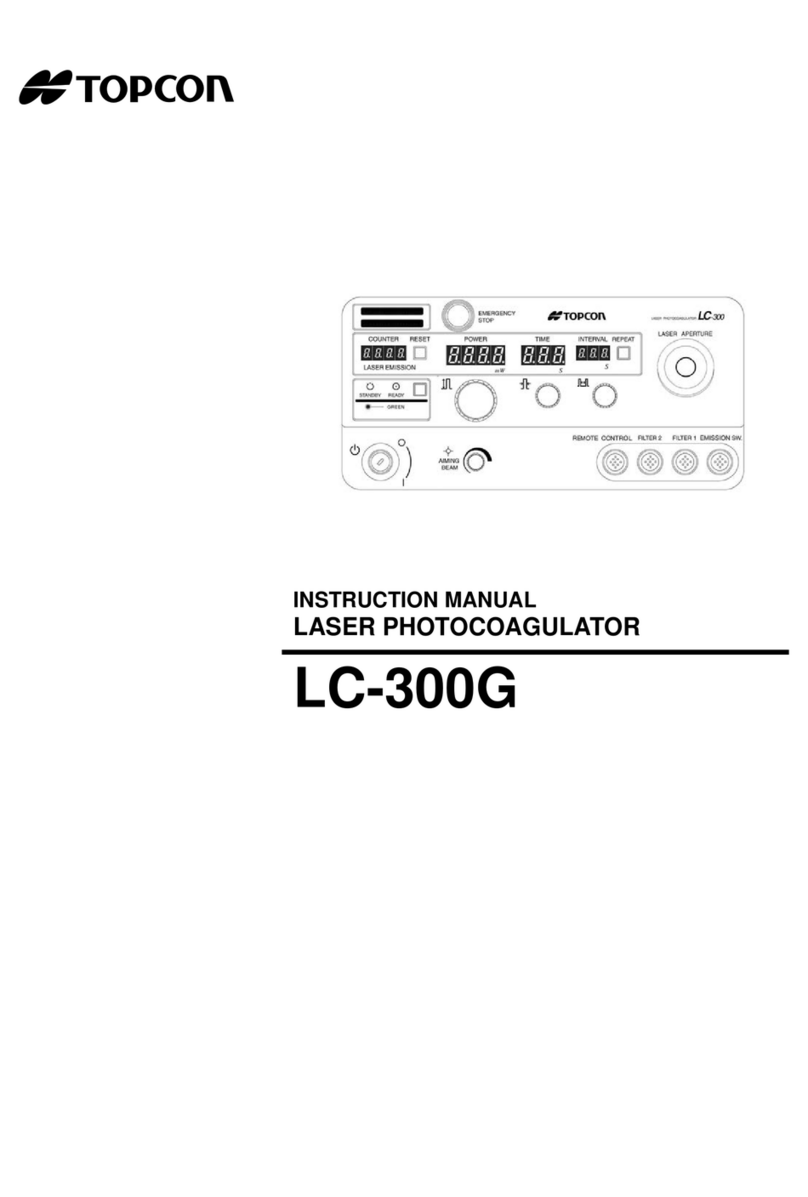Topcon SL-6E User manual
Other Topcon Medical Equipment manuals
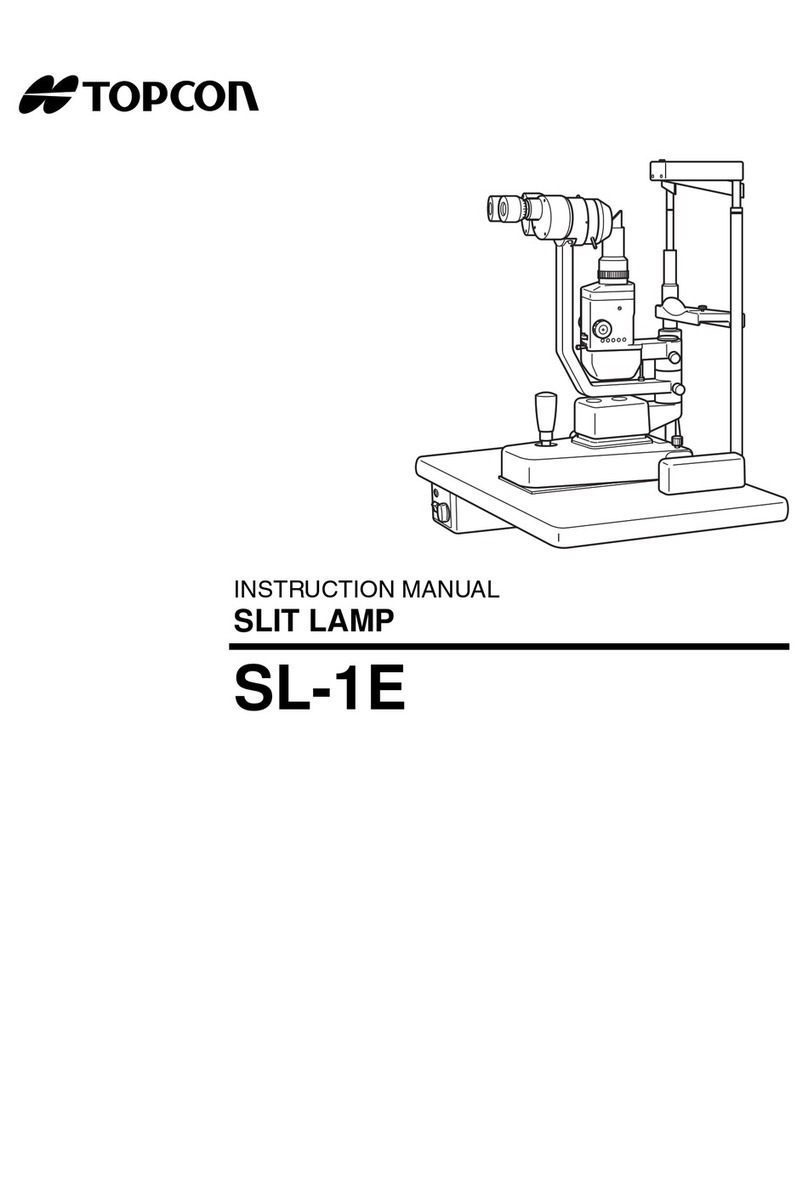
Topcon
Topcon SL-1E User manual
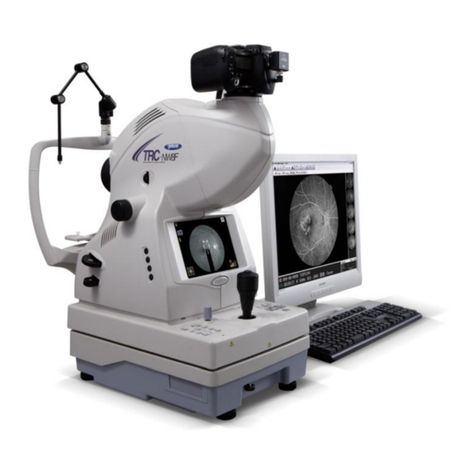
Topcon
Topcon TRC-NW8Fplus Assembly instructions
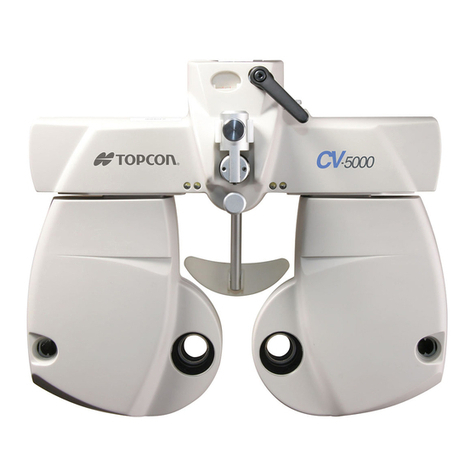
Topcon
Topcon Compu-Vision CV-5000 User manual
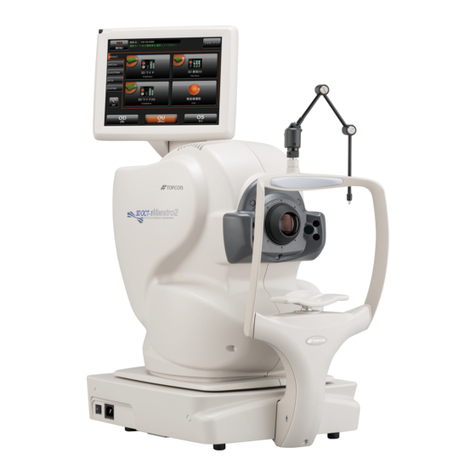
Topcon
Topcon Maestro2 User manual

Topcon
Topcon 3D OCT-1 User manual
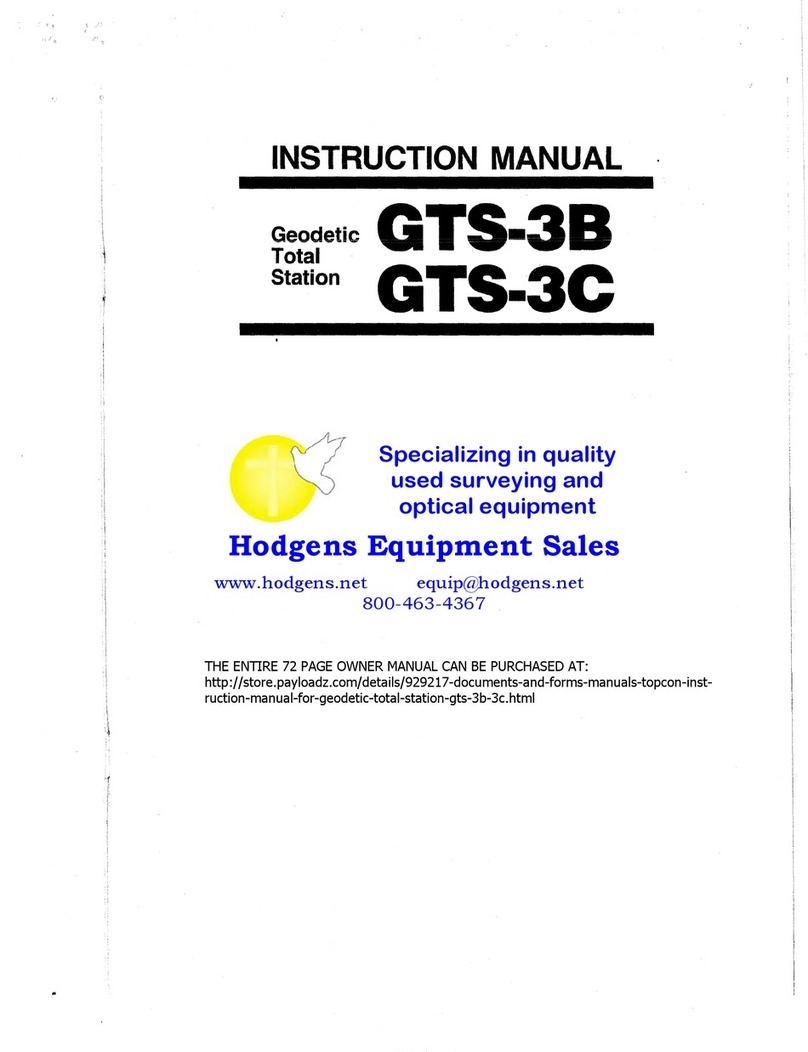
Topcon
Topcon GTS-3B User manual
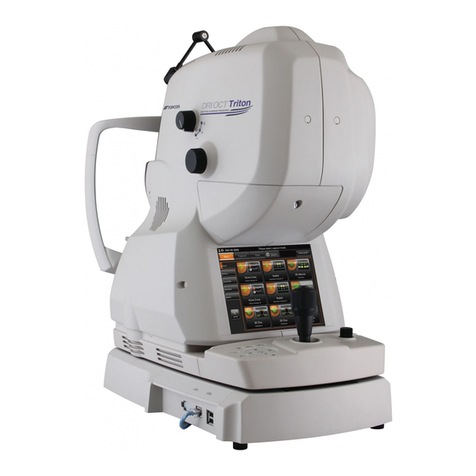
Topcon
Topcon DRI OCT-1 Triton User manual
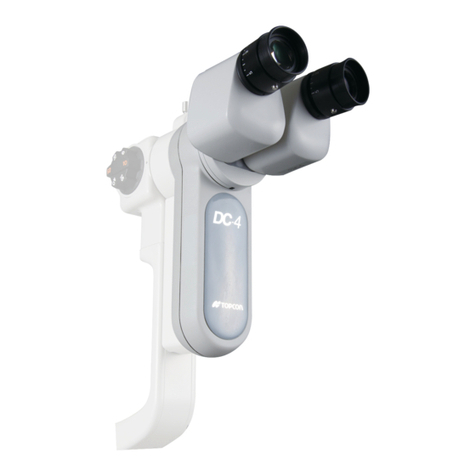
Topcon
Topcon DC-4 User manual
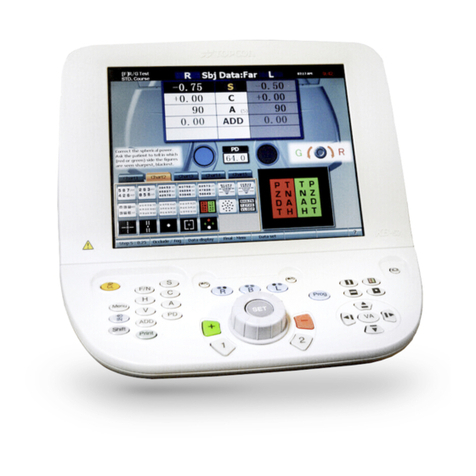
Topcon
Topcon KB-50 User manual

Topcon
Topcon ALADDIN HW3.0 User manual

Topcon
Topcon Compu-Vision CV-5000 User manual
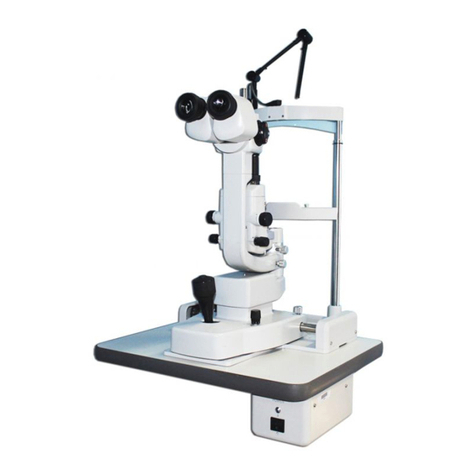
Topcon
Topcon SL-D4 User manual
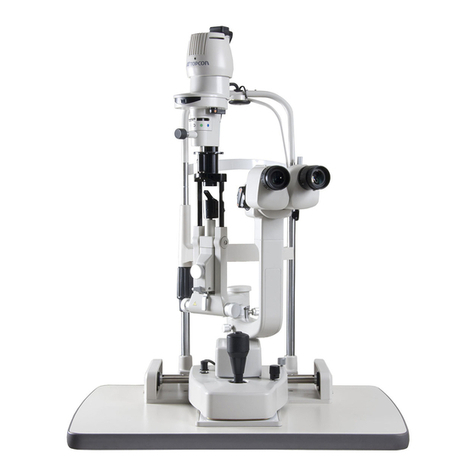
Topcon
Topcon SL-D701 User manual
Topcon
Topcon PixelChart PC-50S User manual
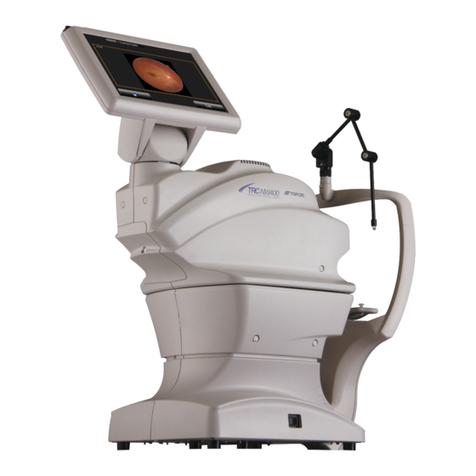
Topcon
Topcon TRC-NW400 User manual
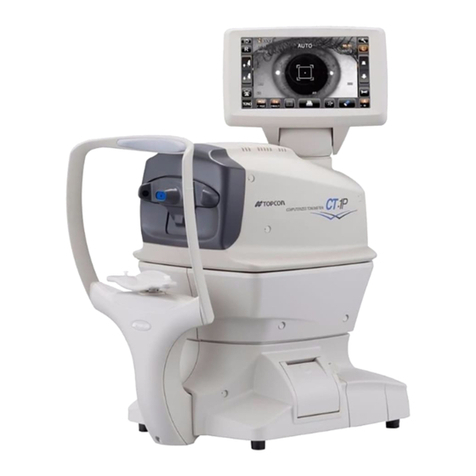
Topcon
Topcon CT-1P User manual
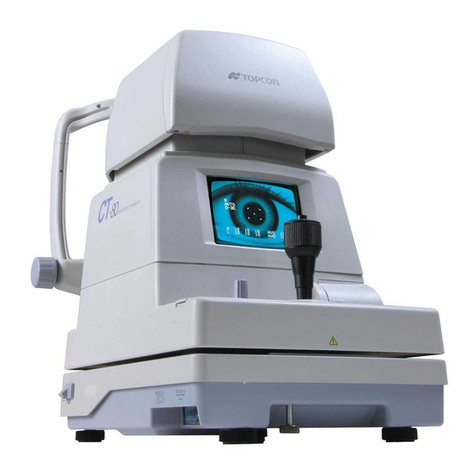
Topcon
Topcon CT-80 User manual

Topcon
Topcon RM-8900 User manual
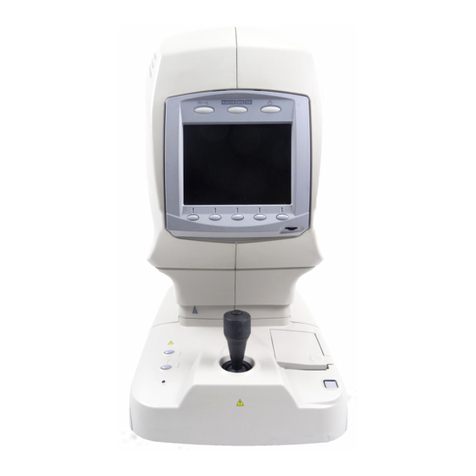
Topcon
Topcon TRK-1P User manual
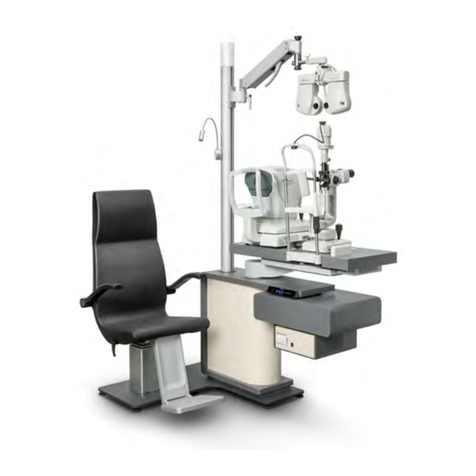
Topcon
Topcon IS-100 User manual
